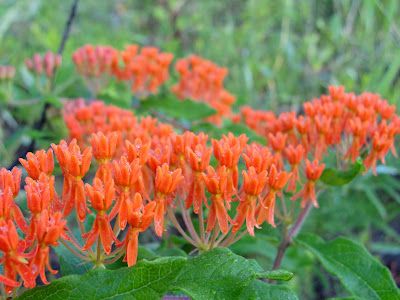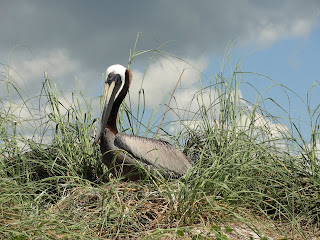Though busy with stuff, I've still been fortunate to see some cool things recently. High on the list is my first fully-grown adult Reticulated Flatwoods Salamander.


Adult Reticulated Flatwoods Salamander (
Ambystoma bishopi)

Adult Mole Salamander (
Ambystoma talpoideum)

Dwarf Salamander (
Eurycea cf quadridigitata)

Three-lined Salamander (
Eurycea guttolineata)
This one was found by Sam, our seasonal hire working on birds, who has a great eye for spotting cool things like this.


Pine Barrens Treefrog (
Hyla andersonii)

Pine Barrens Treefrog eggs in shallow acidic pool
This next one is a really special one. It may not be quite as rare as some of the other species I've gotten to see, but it may be one of the more difficult to find. My friend John spotted this in the Eastern panhandle of Florida. Because there aren't many photos of this species available online, I've included a few different angles here.

Mimic Glass Lizard (
Ophisaurus mimicus)

Mimic Glass Lizard

Mimic Glass Lizard

Mimic Glass Lizard
What a shame that so many folks hate snakes. Every time I see a snake that I don't see very often, I'm reminded of how much amazing diversity of form and habit there is across even our local snakes in the Southeastern US. Here are a few that I've greatly enjoyed seeing in recent weeks.

Southern Black Racer (
Coluber constrictor priapus)
Though quite common to see, this species deserves an appreciative closer look once in a while. I love the simple elegance of shiny black, combined with acute eyesight and impressive quickness.




Queen Snake (
Regina septemvittata)
This is the first of this species that I've found. This one was basking over one of our beautiful, clear, sandy streams. Like all other species in the genus
regina, it specializes in eating crayfish. Thanks to John for encouraging me to take a closer look at these photos, as I had assumed any crayfish snake around here would be
Gulf Crayfish Snake (
Regina rigida).



Southern Hognose Snake (
Heterodon simus)
This is only the second one that I've been fortunate enough to find. I think Sturgeonnose snake would be a better descriptive name, but doesn't really roll off the tongue too well.

Southern Hognose Snake feigning death


Juvenile Eastern Diamondback Rattlesnake (
Crotalus adamanteus)

Eastern Diamondback Rattlesnake in short grass, showing how well they can blend in with even a little bit of vegetation as cover




















































